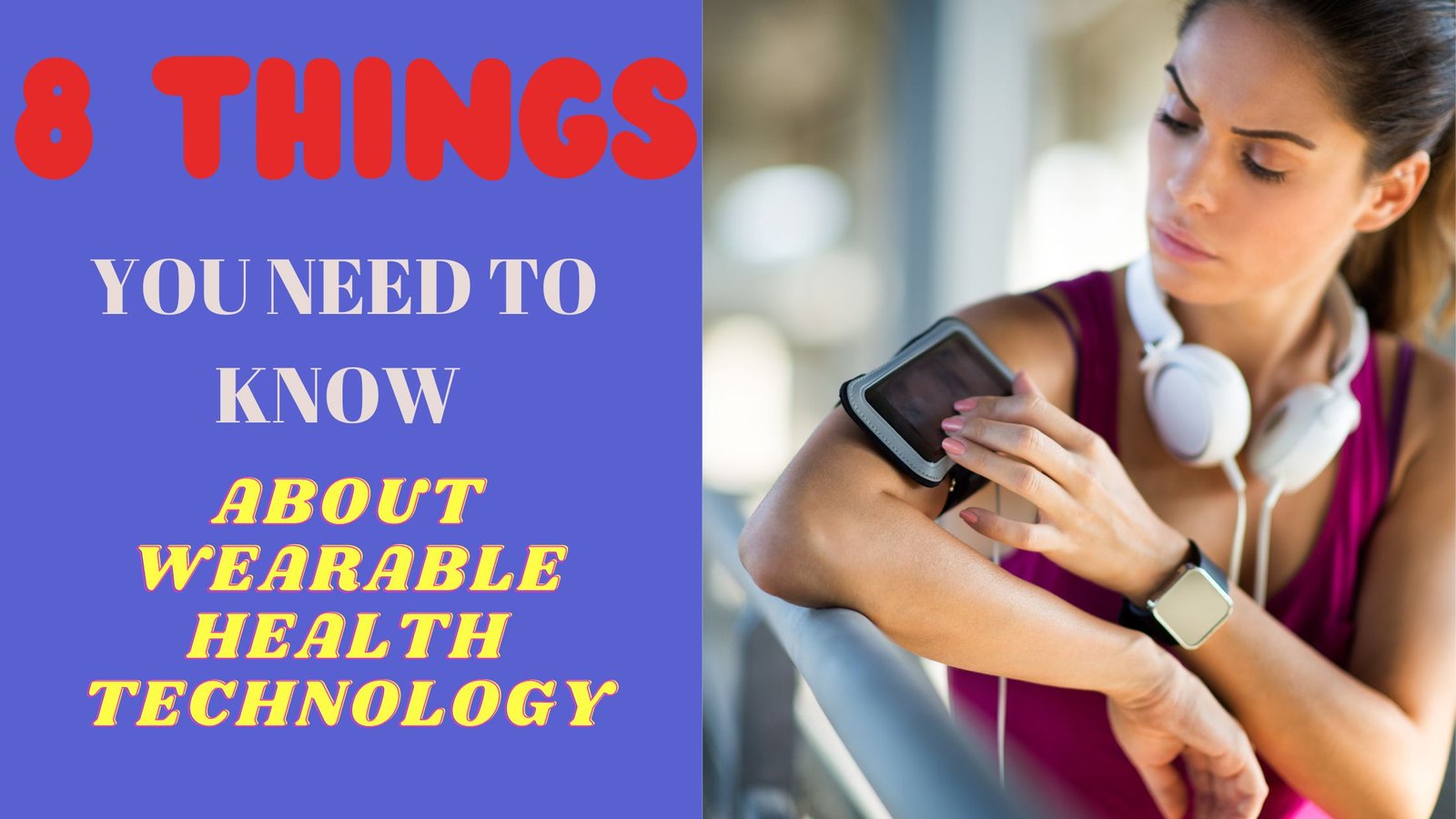8 Things You Need to Know About Wearable Health Technology
Wearable health technology has transformed the way we monitor and track our health. From fitness trackers to smartwatches, these devices have become an integral part of our daily lives.
In this article, we will look at eight important things you need to know about wearable health technology.
1. What are the 4 Wearable Technologies?
When it comes to wearable health technology, there are four main types of devices that dominate the market:
- Fitness Trackers: These devices are designed to monitor your physical activity, such as steps taken, calories burned, and distance traveled.
- Smartwatches: These devices not only track your fitness but also provide additional features like heart rate monitoring, sleep tracking, and smartphone notifications.
- Body Patches: These small patches are worn on the skin and can monitor various health parameters such as skin temperature, blood oxygen levels, and stress levels.
- Smart Clothing: This innovative technology integrates sensors into clothing, allowing for the tracking of various health metrics.
2. What do you know about Wearable Technology?
Wearable technology refers to electronic devices that can be worn on the body, either as an accessory or as part of clothing.
These devices are equipped with sensors and other advanced technologies to track and monitor various aspects of our health and well-being.
One of the key advantages of wearable technology is its ability to provide continuous health results in real-time.
This allows individuals to have a better understanding of their overall health and make informed decisions about their lifestyle and treatment plans.
3. What is the Future of Wearable Health Technology?
The future of wearable health technology is incredibly promising. As technology continues to advance, we can expect to see even more sophisticated devices that can monitor and track a wide range of health parameters.
For example, researchers are currently working on wearable devices that can measure blood glucose levels, detect early signs of diseases, and even monitor brain activity. These advancements have the potential to revolutionize the way we diagnose and treat various health conditions.
OTHER INTERESTING BLOG POST
4. What is the Problem with Wearable Devices?
While wearable devices offer numerous benefits, there are also some challenges that need to be addressed. One of the main issues is the accuracy of the data collected by these devices. As with any technology, there can be discrepancies and limitations in the measurements provided by wearable devices.
Another problem is the user experience. Some individuals may find it uncomfortable or inconvenient to wear these devices all the time. Additionally, the battery life of wearable devices can be a concern, as frequent charging may be required.
5. What are the Main Components of Wearable Technology Devices?
Wearable technology devices consist of several key components that enable them to function effectively:
- Sensors: These small electronic components are responsible for collecting data from the wearer’s body. They can measure various parameters such as heart rate, temperature, and movement.
- Processor: The processor analyzes the data collected by the sensors and performs calculations to provide meaningful insights.
- Display: Many wearable devices feature a display screen that allows users to view their health data and receive notifications.
- Connectivity: Wearable devices often have wireless connectivity capabilities, allowing them to sync with smartphones or other devices.
- Battery: The battery powers the device and ensures it can operate for an extended period.
6. What is the Most Popular Wearable Technology Currently?
Currently, one of the most popular wearable technologies is the smartwatch. These devices offer a wide range of features, including fitness tracking, heart rate monitoring, sleep analysis, and smartphone integration.
Smartwatches have gained popularity due to their versatility and convenience. They can be worn all day, providing continuous health monitoring and acting as a stylish accessory. With various brands and models available, individuals can choose a smartwatch that best suits their needs and preferences.
7. What is the Biggest Drawback of Wearable Technology?
One of the biggest drawbacks of wearable technology is the potential for over-reliance on the data provided by these devices.
While they can provide valuable insights, it is important to remember that they are not a substitute for professional medical advice.
Individuals may become overly concerned or make unnecessary changes to their lifestyle based solely on the data from their wearable device. It is crucial to interpret the data in conjunction with guidance from healthcare professionals.
8. Cons of Wearable Technology
While wearable technology has numerous benefits, there are some cons that should be considered:
- Privacy Concerns: Wearable devices collect personal health data, which raises concerns about privacy and data security.
- Cost: Some wearable devices can be expensive, making them inaccessible to certain individuals.
- Design Limitations: Wearable devices may not always be aesthetically pleasing or comfortable to wear.
- Dependency on Technology: Wearable devices rely on technology, so any technical issues or malfunctions can disrupt their functionality.
- Limited Accuracy: While wearable devices have improved over the years, there can still be limitations in the accuracy of the data they provide.
Despite these drawbacks, wearable health technology continues to evolve and improve, offering exciting possibilities for enhancing treatment, promoting longevity, and empowering individuals to take control of their health.







